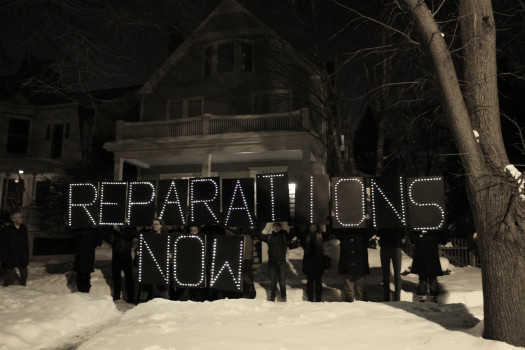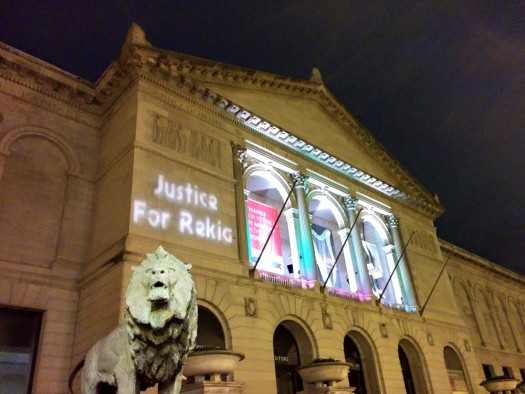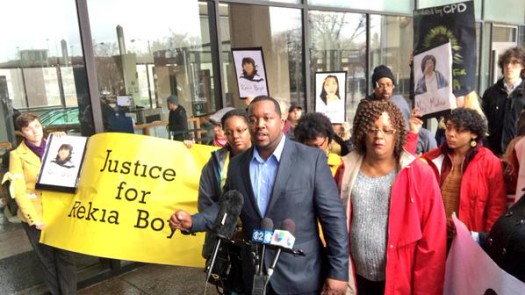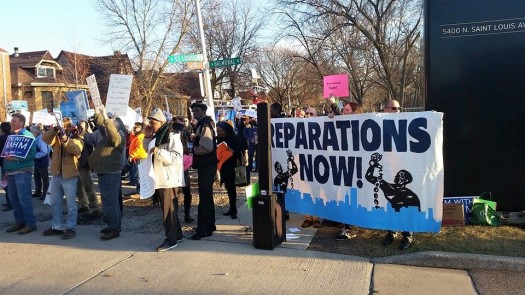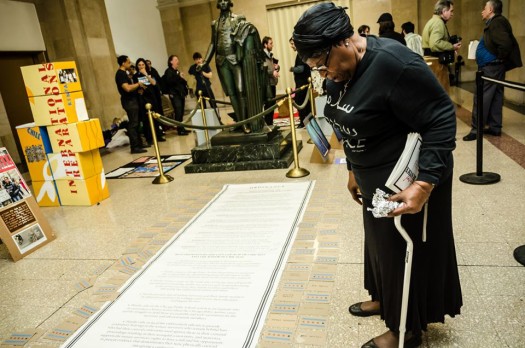Guest Post: The Dante Servin Acquittal
An attorney friend of mine was kind enough to break down the Dante Servin acquittal for me. I am a lay person and not a lawyer. If you are like me, you were likely confused about all of the information that has been circulating regarding this case. My friend has generously agreed to allow me to post these thoughts anonymously. This helped me better understand the issues in this acquittal. I hope it helps others.
Update: If you are in Chicago, you are invited to the Legal Teach-in for Rekia Boyd on April 29th at 6 pm. Details are HERE.
The Dante Servin Acquittal
Issue #1: Judge Porter’s Decision to Grant the Directed Verdict is Shocking and Rare
Judge Porter granted the defendant’s motion for directed verdict at the conclusion of the State’s case. This means that after the State closed their case, before the defense put on their case, the defendant asked the judge to find that the State’s case was so weak that the case should not move forward. When ruling on a defendant’s motion for directed verdict, the judge must look at the facts presented in the State’s case in the light most favorable to the State, assuming inferences in the light most favorable to the State, and then determine that a reasonable person could not find that the State could prove their case beyond a reasonable doubt. See People v. McCord, 46 Ill.App.3d 389, 392 (1977). It’s a very high standard and motions for a directed verdict are almost never granted. If a judge grants a directed verdict, the defense doesn’t even need to put forth their own evidence to challenge the State’s case. The judge evaluates the case on the State’s facts only, in the light most favorable to the State, and then finds that it’s impossible for the State to succeed. In a case involving the shooting death of a young female, it’s shocking that the judge granted the defendant’s motion for directed verdict, acquitting Servin of all charges. The result was that Officer Servin did not have to testify and prosecutors were never able to cross-examine him. This is unsettling both because the judge prevented the prosecution from supporting their case in cross-examination of the defense witnesses, and because he failed to provide the emotional benefit to the family of having Officer Servin explain his actions on the stand.
Issue #2: Judge Porter’s Legal Reasoning is Questionable
Judge Porter granted the defense’s motion for a directed verdict based on Illinois law that supports a bizarre outcome. Even though this bizarre legal support exists, the judge had other options to support a different ruling. I’ll first explain his ruling, then explore the other options.
The judge accurately noted that all of the charges the State brought against Servin required the State to prove Servin acted recklessly. The judge then found that the State only introduced evidence that Dante Servin acted intentionally (not recklessly). As a result, the judge ruled as a matter of law that the State could not succeed in their case because Servin acted intentionally, not recklessly. The logic of this ruling is based on a technical matter of law; if someone intentionally shoots someone, they did not act recklessly, and vice versa (if they shot recklessly, they didn’t do so intentionally). There is support for saying this is the law in Illinois. See People vs. Sipp, 378 Ill.App.3d 157 (2007). The bizarre outcome of the application of this law in this context is that a defendant (like Servin) could assert first degree murder as a defense to any charges regarding reckless behavior (freely admitting that he intentionally killed Rekia Boyd) and then be acquitted of all charges (more serious murder charges would then be prevented under double jeopardy). This is obviously a bizarre outcome, particularly when considering that the law has long found that intentional conduct is more culpable then reckless conduct (intentionally killing someone versus accidentally doing so because of reckless conduct).
Although Judge Porter’s opinion is written to make it look like his hands were tied by the above law, the judge had several other options to deny the defendant’s motion for directed verdict. First, the judge could have done what all lawyers are trained to do: instead of rely on the cases that he relied on in his ruling, he could have distinguished those cases from the present case in front of him (if the judge wanted to find a hook, they are distinguishable). For example, the legal issue in front of him was a directed verdict, whereas the cases cited in his ruling dealt with jury instructions. Those are different legal issues and he could have distinguished those cases on that ground. Similarly, the judge could have ruled that as a matter of law, if the defendant’s self-defense claim turned out to be unreasonable, “unreasonable self-defense” equates to reckless conduct. In addition, the facts in the cases cited in his ruling are different than the facts in the Servin case. For example, in the Sipp case, the defendant shot and killed his intended target, whereas Servin shot and killed an unintended victim. The defendant in Sipp also looked at the intended target as he shot him, whereas Servin shot over his shoulder and behind him while driving away. He could have distinguished this case on that ground. These are hooks that judges often use to distinguish prior cases from the present case to rule that those cases do not apply to the present case. In the end, all he needed was something to say that a reasonable person could support reckless charges based on the facts of this unique case.
